This article contains major spoilers for patch 6.3 of Final Fantasy XIV: Endwalker, “Gods Revel, Lands Tremble,” including the Alliance Raid Euphrosyne, in its discussion of how the people of Eorzea created a god.
Final Fantasy XIV is an epic tale that spans four expansions and 10 years, with hours upon hours of lovingly written cutscenes in the main story alone. That’s not even considering the hundreds of sidequests or the raid stories, beast tribes, and job questlines. This massive narrative contains thousands of years of history and a colossal cast, weaving in themes of political turmoil, personal responsibility, and the burdens of a hero under existential despair. Simply put, you can’t take it all in one bite. So for this Final Fantasy XIV lore deep dive, we’ll be focusing on the tale of how the people of Eorzea created a god, with nothing more than prayers to a false moon.
It begins with the designs of a mad emperor, his false moon Dalamud raised into the sky by the power of ancient technology. It ends thousands of years later with the moon bleeding scarlet, screaming hellfire and beams of infernal light that strike the star, leaving great crystalline scars in the land. Bahamut is freed, and his fury is stopped only by the sacrifice of Louisoix and the prayers of his allies. Yet the word “Dalamud” was not always associated with trauma and occult sacrifice. Before the false moon wept blood, it shone a pure white, and was worshiped as a god.
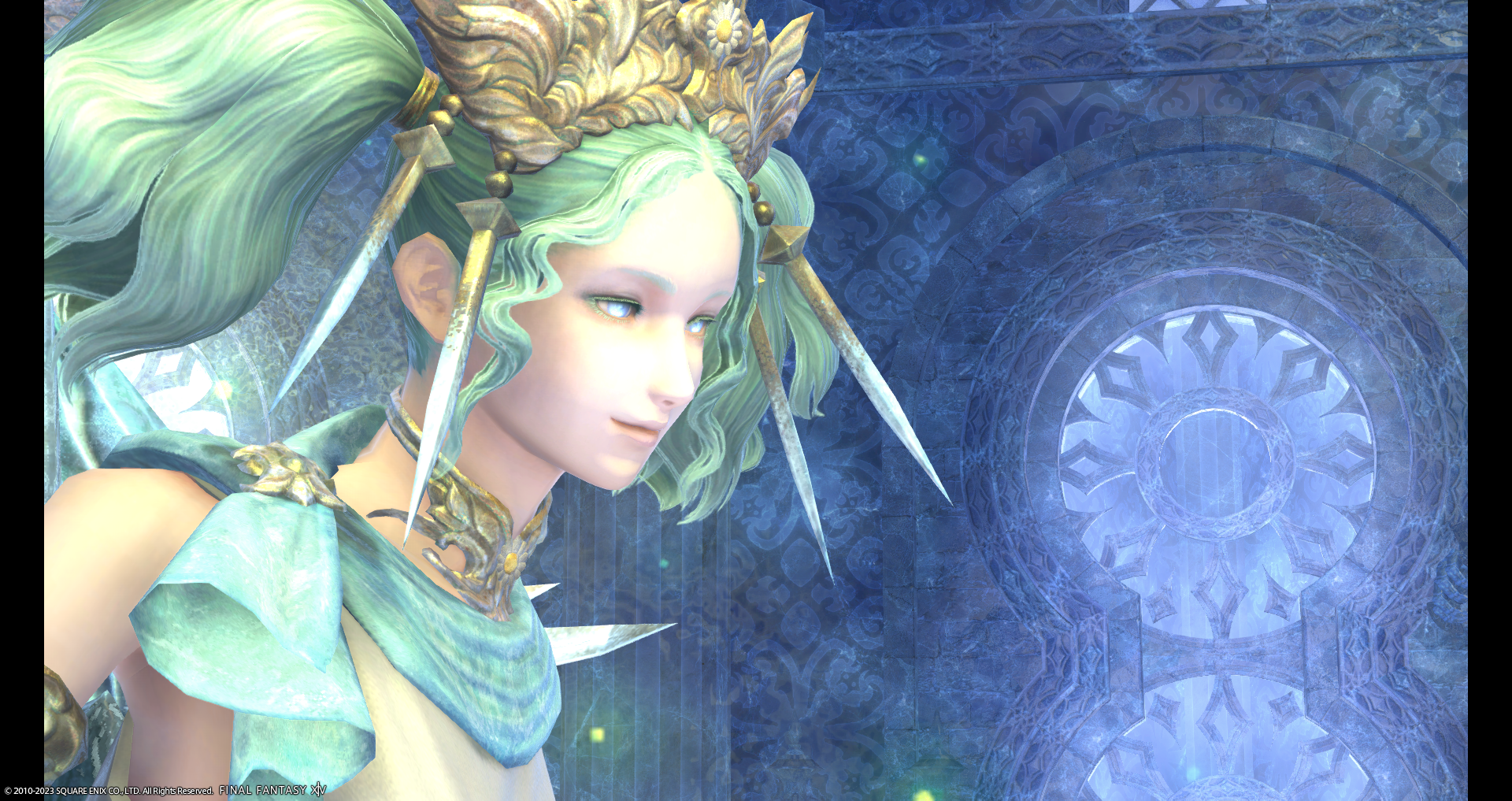
Patch 6.3, “Gods Revel, Lands Tremble,” revealed some fascinating truths about the nature of the Twelve (a pantheon of benevolent deities) and Dalamud itself. To get the full story, we’ll need to start at the beginning. Eorzea’s second moon was unnatural and not in the magical sense. It was a superstructure raised aloft by the Allagan Empire, a technologically advanced and ancient civilization responsible for all manner of atrocities — rampant cloning, genetic experimentation, primal super weapons, and a plan to open a portal to the World of Darkness.
This was the design of the resurrected mad emperor Xande, who planned to use it as a solar battery to power his Crystal Tower. As a heroic resistance tried in vain to stop Dalamud’s activation, the false moon sent tremors screaming through the realm, shaking the earth itself and causing the Fourth Umbral Calamity, ending Allagan civilization for good.
Dalamud didn’t merely draw power from the sun; it was a prison for the elder primal Bahamut. Ancient Allag had a track record of imprisoning and using these creatures for their own means, and to their credit, Dalamud would keep Bahamut imprisoned for thousands of years. That is — until Nael van Darnus and the Empire tried to call it down to “purify” the world, in the events that ended the initial release of FFXIV and began the reboot A Realm Reborn.
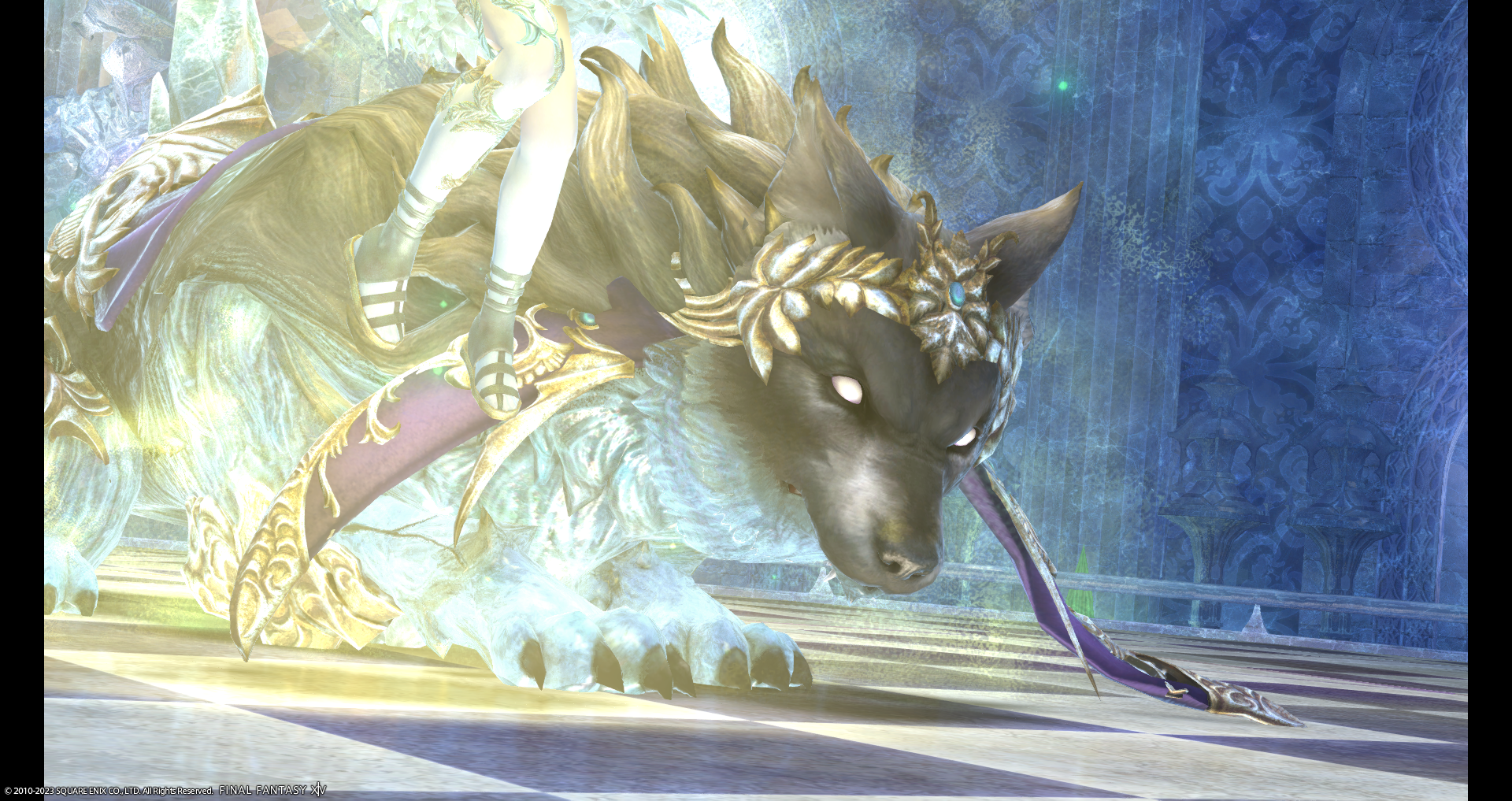
However, many years passed between the Fourth Umbral Calamity and the fall of Dalamud. During this time, Dalamud became an object of worship, woven into the tapestry of the Twelve: Menphina’s loyal hound, ever prowling by the greater moon’s side.
Menphina is one of the bosses found in the new Final Fantasy XIV: Endwalker Alliance Raid, Euphrosyne. She is daughter to Althyk and Nymeia, and the lover of Oschon the Wanderer. She is also the sister of Azeyma, deity of the sun, and she presides over the moon in the heaven of ice. She is a goddess of love, worshipped by all to give them good fortune in romance or to protect the things dearest to their heart.
For centuries after Xande’s fall, the twin moons made their journey across the sky. Considering how beloved Menphina is, it’s little wonder that her companion would become an object of worship. Dalamud became immortalized in depictions of the goddess, in art, in song, and in prayer. So when Dalamud began to bleed — when it began to throw blight after blight across the land, changing tides and warping creatures — it caused worshippers to question their faith.
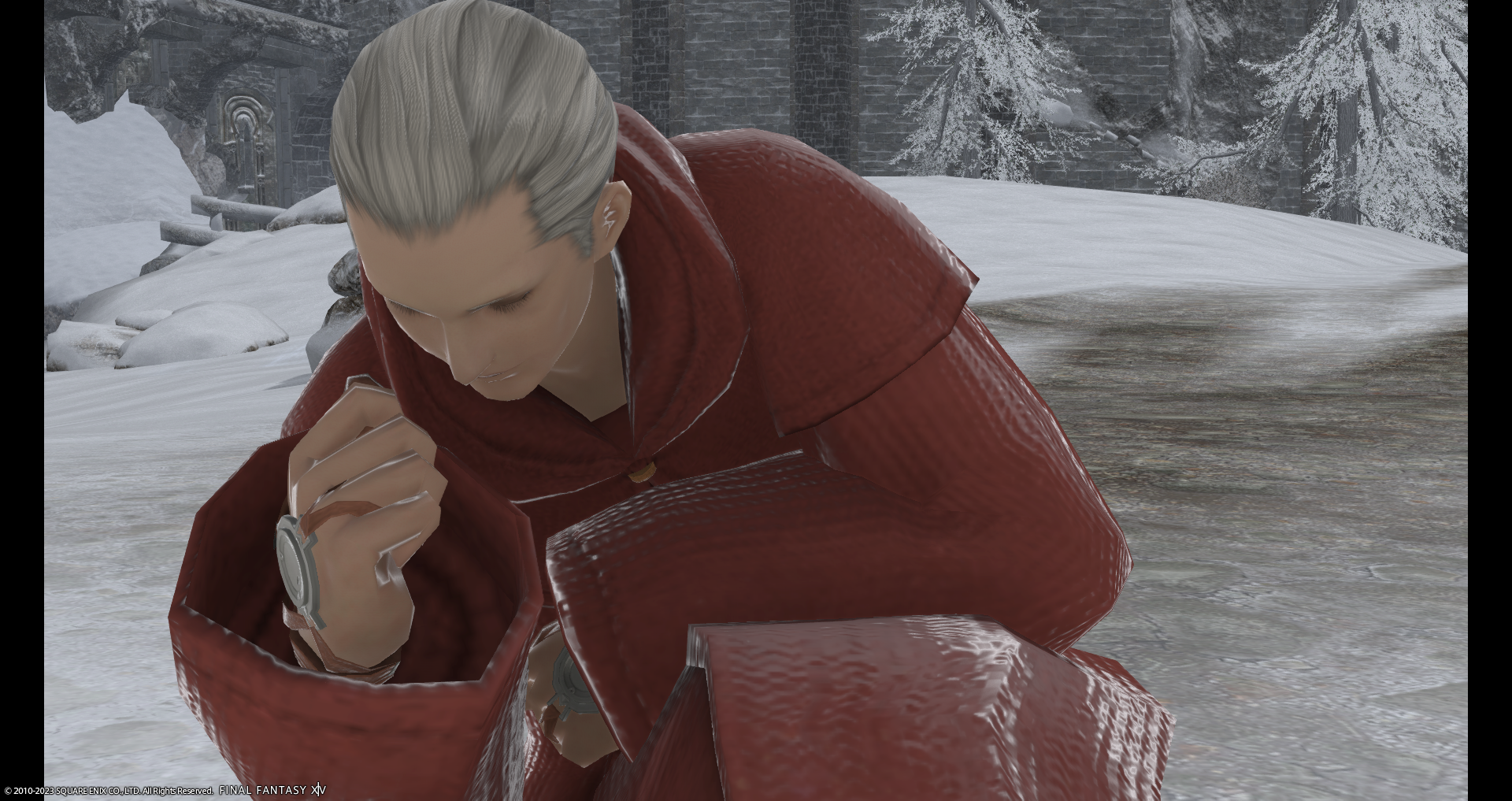
This fear drove many into the ranks of the Lambs of Dalamud. This cult believed that the hound’s return was fated, that only the faithful would be offered salvation, ferried to the stars and saved from the calamity to come. They demonstrated this faith through self-sacrifice and, when Dalamud began to bleed, the sacrifice of others. They believed that only blood could sate the appetite of the hound and ensure their place in the heavens.
Yet as we see in patch 6.3, the people of Eorzea’s faith in the hound was not necessarily misplaced. Halfway through the fight with Menphina, she summons Dalamud in the flesh, her hound persisting even though the moon itself was destroyed. It’s a very real demigod, inspired by an artificial moon, given life by the people of Etheirys.
We’re told how this came to be after completing the raid, traveling with Menphina and Halone to Ishgard to draw information from stone monuments to the Twelve. At Menphina’s stone, we see a former member of the Lambs of Dalamud, praying for salvation. While he begs us to give him bloody judgment, we refuse and send him on his way with some passing encouragement from Menphina, who is disguised as an unassuming rabbit.
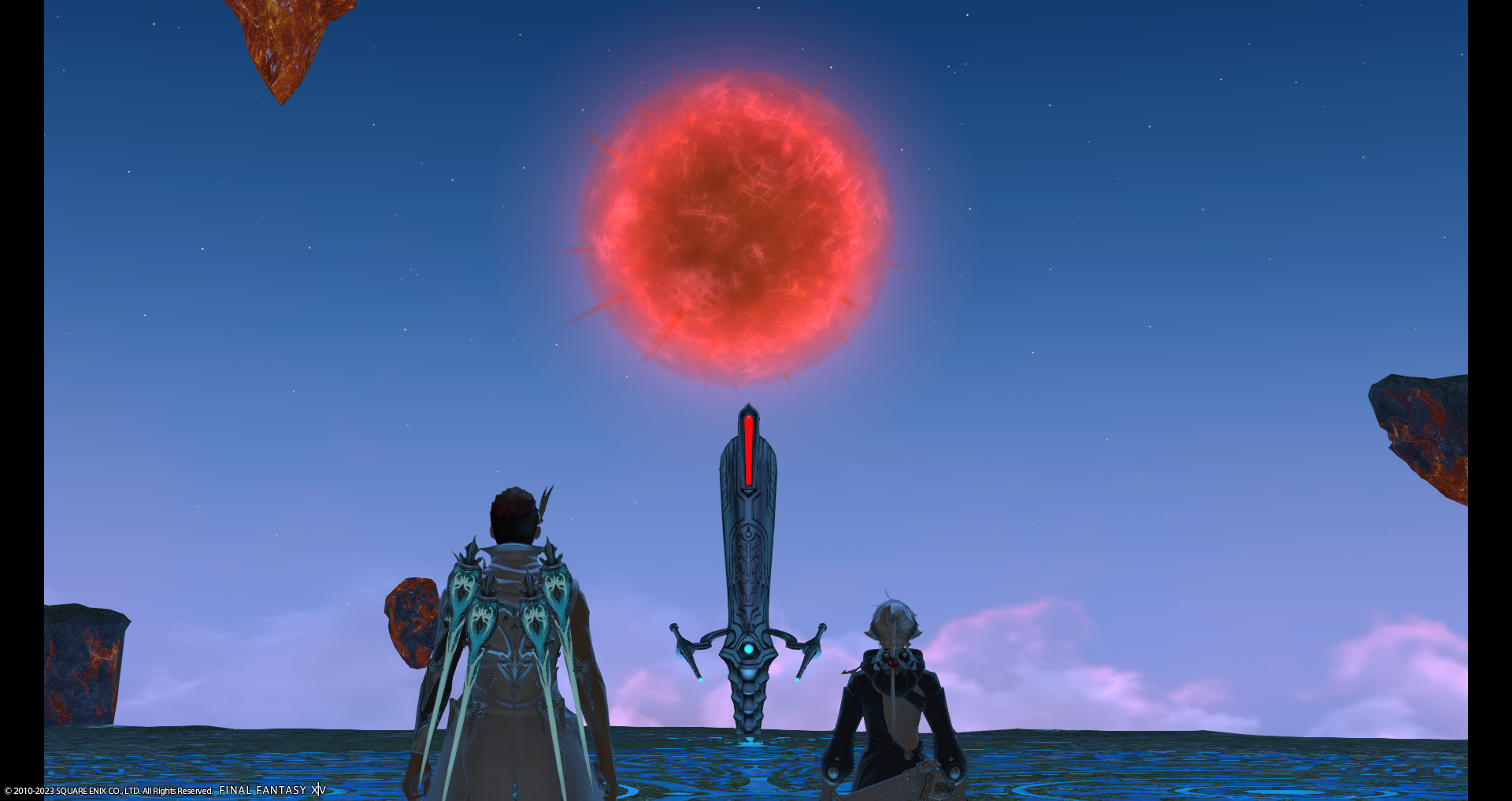
Menphina then goes on to explain that “we are who we are because of those who believe in us.” She states that her hound came to be when men worshipped the false moon, meaning that, in a very real sense, the people of Eorzea created a god. Thousands of years of worship, each prayer holding more power than the last, spun Dalamud into existence, and Menphina was joined by a canine companion that danced with her across the stars.
Final Fantasy XIV is filled with tales of thoughts becoming reality. The ancient Ascians themselves wove concepts — living, breathing creations — out of aether. This art of creation is lost, yet in a way, with the bloody moon giving rise to an actual deity, it persists in the prayers and thoughts of Eorzea. Even when those prayers turn violent, or the object of worship vanishes, Menphina’s faithful hound remains at her side.


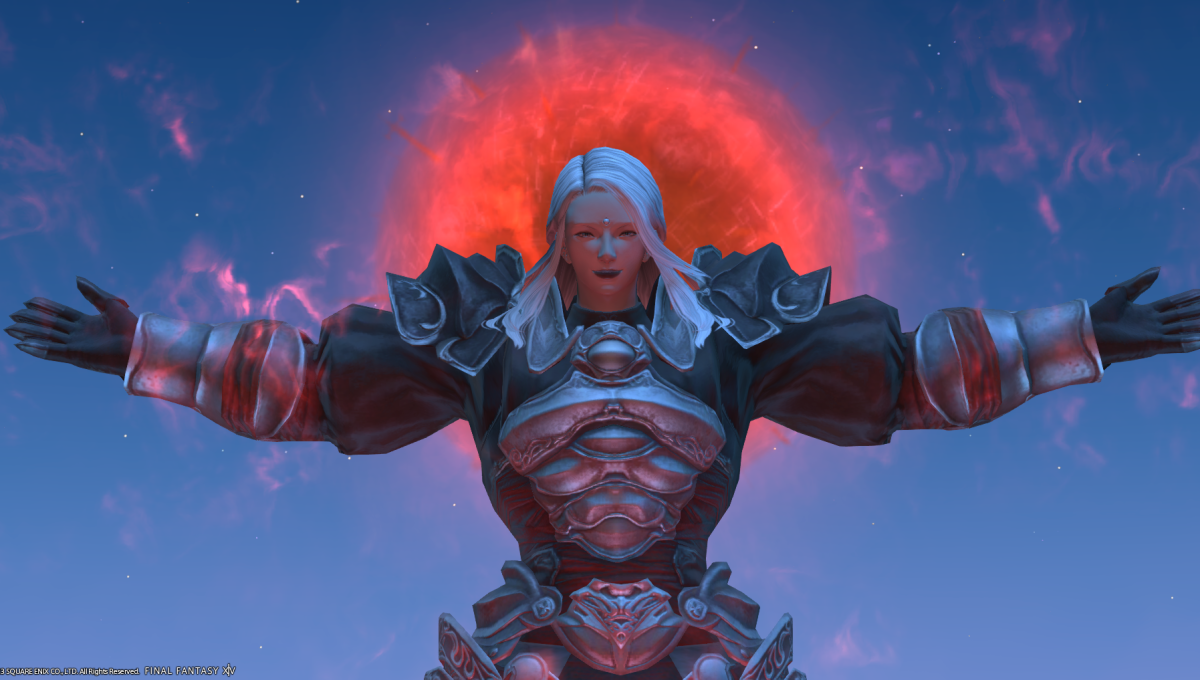




Published: Feb 28, 2023 02:00 pm